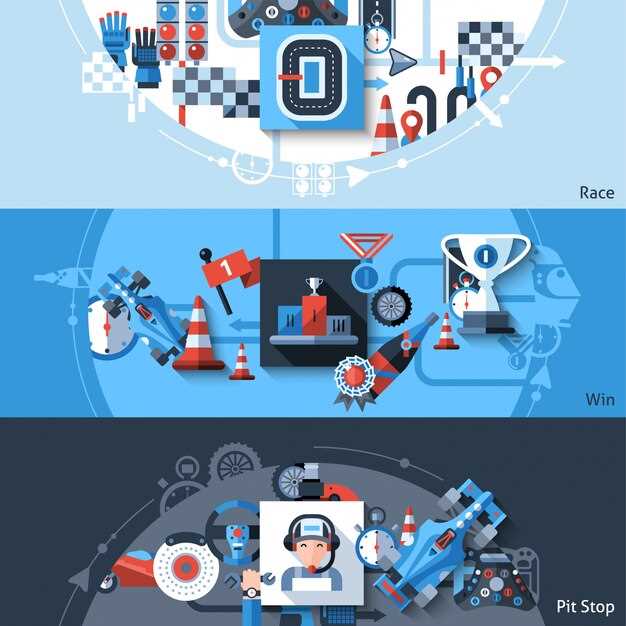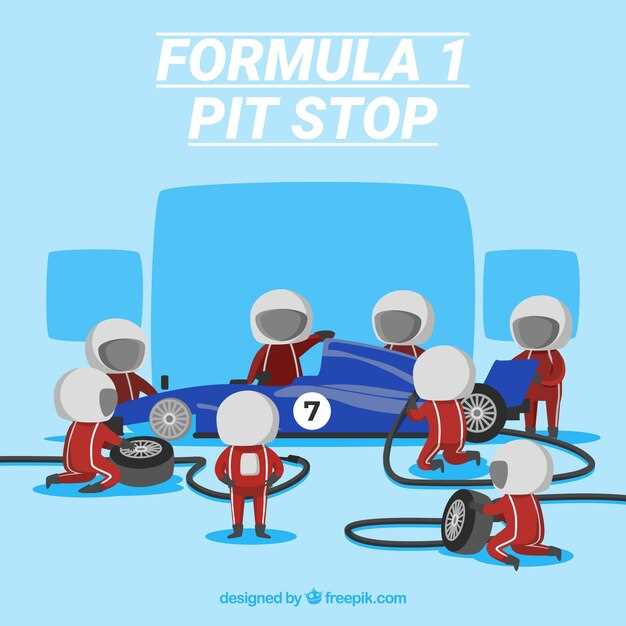
In the world of track racing, the choice of engine configuration can significantly impact performance and driving experience. Two popular setups are naturally aspirated (NA) and turbocharged (Turbo) engines. Each of these systems has its own set of advantages and disadvantages, making them suitable for different types of racers and racing conditions.
NA engines, which rely solely on atmospheric pressure for air intake, offer a direct and linear power delivery. This characteristic allows drivers to develop a strong connection with their vehicle, enhancing the enjoyment of high-revving powerbands. On the other hand, Turbo engines, which utilize exhaust gases to compress air and increase intake, provide the benefit of higher power output and efficiency. However, they can suffer from turbo lag, which may affect acceleration timing and driver responsiveness.
Understanding the pros and cons of each configuration is essential for racers looking to choose the optimal setup for their track performances. Whether you prioritize the thrill of a naturally aspirated engine’s responsive power or the sheer power potential of a turbocharged system, weighing these factors will guide you toward the right decision for your racing goals.
NA vs Turbo for Track Racing: Advantages and Disadvantages
When it comes to track racing, the choice between Naturally Aspirated (NA) engines and Turbocharged engines can significantly influence performance and driving experience. Each type of engine has its own set of advantages and disadvantages that racers must consider.
Advantages of Naturally Aspirated (NA) Engines

- Linear Power Delivery: NA engines provide a more predictable and linear power band. This makes it easier for drivers to modulate throttle and maintain control, especially in high-speed corners.
- Weight: Generally, NA engines are lighter than their turbo counterparts, contributing to a better weight distribution and handling dynamics.
- Simplicity: NA engines are typically simpler in design, which leads to potentially increased reliability and ease of maintenance. There are fewer components to fail, such as turbochargers and intercoolers.
- No Turbo Lag: NA engines deliver power instantly without the delay often associated with turbochargers, providing quicker throttle response.
Disadvantages of Naturally Aspirated (NA) Engines
- Limited Power Output: NA engines often struggle to achieve the same power levels as turbocharged engines, especially in lower displacement categories.
- Higher RPM Requirement: To achieve maximum power, NA engines must often operate at higher RPMs, which may make them less versatile on tracks with varying speed requirements.
- Fuel Efficiency: Typically, NA engines can have lower fuel efficiency compared to turbocharged engines, especially at high power outputs.
Advantages of Turbocharged Engines

- Increased Power: Turbocharged engines can produce significantly more power without increasing engine size, making them a popular choice for maximizing performance.
- Better Torque at Lower RPMs: Turbos generate more torque at lower RPMs, which can enhance acceleration and make them more forgiving in technical sections of a track.
- Fuel Efficiency: Turbocharged engines often provide better fuel efficiency, especially at lower power levels, thanks to better combustion efficiency.
- Boost Management: Modern turbo systems can be fine-tuned for specific tracks, allowing for adjustments in power curves to suit individual driving styles or track conditions.
Disadvantages of Turbocharged Engines
- Turbo Lag: Many turbocharged engines experience turbo lag, resulting in delayed throttle response, which can affect cornering and entry behavior.
- Increased Weight: The additional components such as the turbo and intercooler can lead to a heavier engine setup, potentially negatively affecting weight distribution.
- Complexity: The more complex design can introduce potential reliability issues, with more parts subject to failure and increased maintenance needs.
- Heat Management: Turbo engines generate more heat, which can lead to challenges in cooling, especially during prolonged track sessions.
In summary, both NA and turbocharged engines have unique advantages and disadvantages for track racing. Racers must weigh factors such as power delivery, responsiveness, complexity, and overall performance to determine which type best suits their needs and driving style.
Performance Characteristics of Naturally Aspirated Engines
Naturally aspirated (NA) engines rely on atmospheric pressure for air intake, lacking the additional boost provided by turbochargers. This characteristic fundamentally influences their performance metrics in track racing scenarios.
One key advantage of NA engines is their linear power delivery. As the throttle is applied, they respond immediately without the lag that is sometimes associated with turbocharged engines. This responsiveness allows for precise throttle control, which is critical in high-performance racing situations where driver input must translate directly into vehicle dynamics.
Another significant aspect is the engine’s sound and character. NA engines tend to produce a more linear and predictable sound profile, appealing to enthusiasts who value the auditory experience of racing. This is particularly important for motorsports where driver feedback is crucial for performance and handling optimization.
Additionally, NA engines generally weigh less than their turbocharged counterparts because they do not require complex intercoolers and boost control systems. This reduction in weight can improve the overall balance of the vehicle, enhancing stability and handling during racing.
However, the absence of forced induction also presents performance limitations. NA engines typically produce less torque at lower RPMs compared to turbo engines. This can result in lower acceleration during critical phases, such as exiting corners. Consequently, they may require higher engine RPMs to achieve optimal power output, which can lead to increased wear and reduced fuel efficiency.
Moreover, the power potential of NA engines is inherently limited by atmospheric conditions. As altitude increases, air density decreases, reducing overall engine performance. In contrast, turbocharged engines can compensate for these changes, maintaining power levels more effectively in varying conditions.
In conclusion, naturally aspirated engines offer distinct advantages in terms of responsiveness, weight, and sound, making them ideal for certain racing applications. However, they face challenges regarding torque delivery and atmospheric performance. Understanding these characteristics is essential for drivers and engineers when selecting an engine type for track racing.
Turbocharged Engines: Power Delivery and Response
Turbocharged engines utilize a turbine-driven forced induction system to increase the engine’s efficiency and power output. The primary advantage of a turbocharger is its ability to significantly boost power without increasing engine displacement. By compressing the intake air, a turbocharger allows for a denser air-fuel mixture, which improves combustion efficiency and results in higher power levels.
Power delivery in turbocharged engines can be characterized as immediate yet slightly delayed compared to naturally aspirated (NA) engines. The phenomenon known as “turbo lag” pertains to the time it takes for the turbocharger to spool up and deliver additional power after the throttle is pressed. This lag occurs because the turbine must build up exhaust flow before generating adequate boost pressure. Manufacturers continuously work to minimize this lag, implementing technologies such as twin-scroll turbos and variable geometry turbos to improve response times.
One notable aspect of turbocharged engines is the broad power band they offer. This wide power range allows drivers to maintain high levels of performance across various RPMs, making them advantageous for track racing where different speed and load conditions are present. Turbo engines can produce maximum torque lower in the RPM range, providing a strong acceleration from low speeds, which can be beneficial in competitive settings.
However, the management of power delivery must be carefully balanced. With increased power comes the need for improved cooling and robust engine components to handle the additional stress. Moreover, improper tuning can lead to inconsistent power delivery, negatively affecting driving characteristics and overall lap times.
In conclusion, turbocharged engines provide significant power advantages through forced induction and efficient fuel utilization. While they offer a distinct performance edge with a broad power band, careful consideration of response characteristics and potential turbo lag is essential for optimal track racing performance.
Maintenance Considerations for NA and Turbo Engines in Racing
In racing, the maintenance of naturally aspirated (NA) and turbocharged engines is critical for performance and longevity. Understanding the specific needs of each type of engine can help in choosing the right approach to maintenance.
Naturally aspirated engines generally require less complex maintenance routines compared to their turbocharged counterparts. With fewer components subject to extreme stress, such as a turbocharger, NA engines typically have a more straightforward oil change schedule and less frequent need for specialized parts. Regular checks on filters, spark plugs, and valve clearances are crucial, but the overall maintenance is often less intensive.
In contrast, turbocharged engines demand rigorous maintenance due to the high pressures and temperatures they operate under. Turbochargers increase the workload on engine components, which can lead to faster wear. Regular oil changes with high-quality synthetic oil are essential, as they help mitigate the increased thermal stress on the engine. Additionally, the turbocharger itself requires specific maintenance, including inspection of the turbine and compressor for signs of wear and checking for proper lubrication to prevent failure.
Cooling systems also play a vital role in maintaining turbo engines. The increased heat generated by turbochargers means that the cooling system must be efficient and well-maintained. This includes regular checks on coolant levels, hoses, and the radiator to prevent overheating and potential engine damage.
Another consideration is fuel quality. Turbo engines often require higher-octane fuels to prevent knocking and promote optimal performance, which can add to the overall cost of maintenance. Ensuring that the fuel system is clean and that injectors are functioning correctly is imperative for maintaining engine efficiency and preventing deposits that could lead to performance issues.
In terms of aftermarket modifications, turbo engines may require additional attention to ensure that enhancements do not lead to reliability issues. Upgraded components may need specialized upkeep, as the alterations can change the dynamics of an engine’s performance. In contrast, NA engines, while capable of modifications, tend to maintain a more stable performance profile with less risk of overwhelming the existing systems.
In conclusion, while both NA and turbo engines have unique maintenance requirements, turbocharged engines generally require more frequent and detailed attention to ensure reliable performance. Understanding these distinctions aids in developing an effective maintenance plan tailored to the specific demands of each engine type, ultimately enhancing racing performance and extending engine lifespan.
